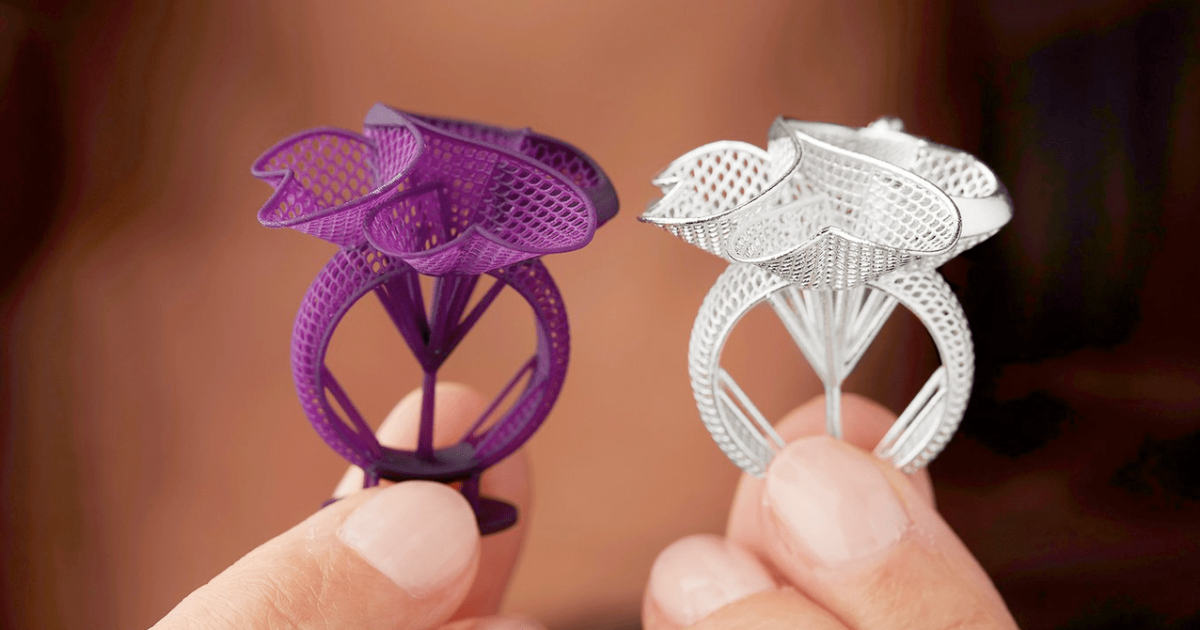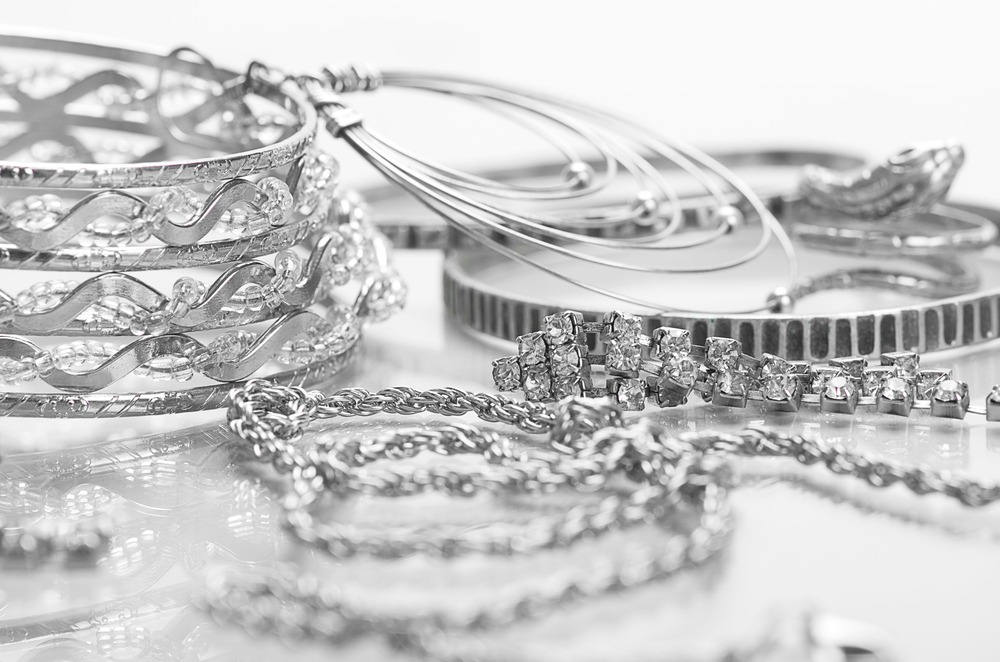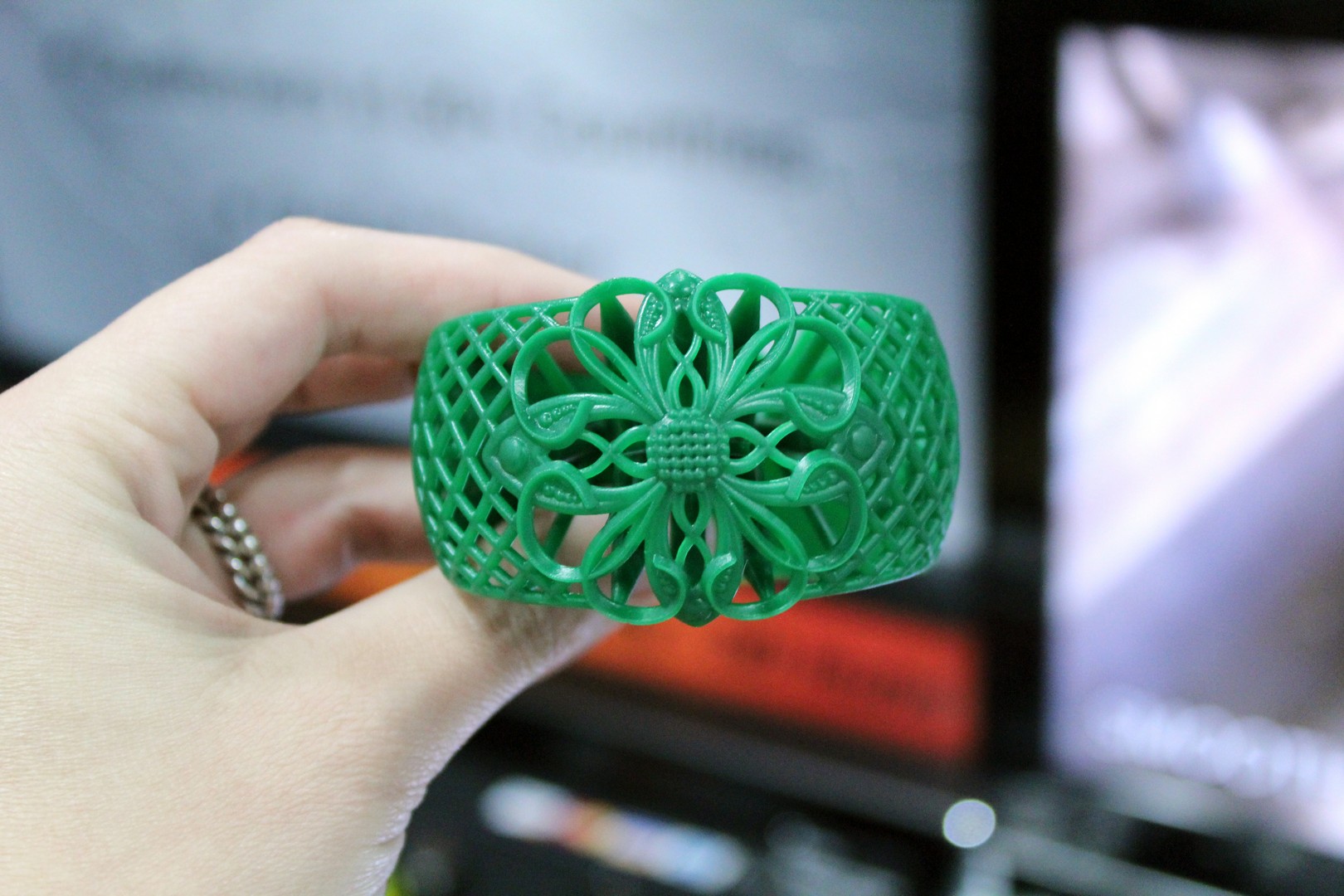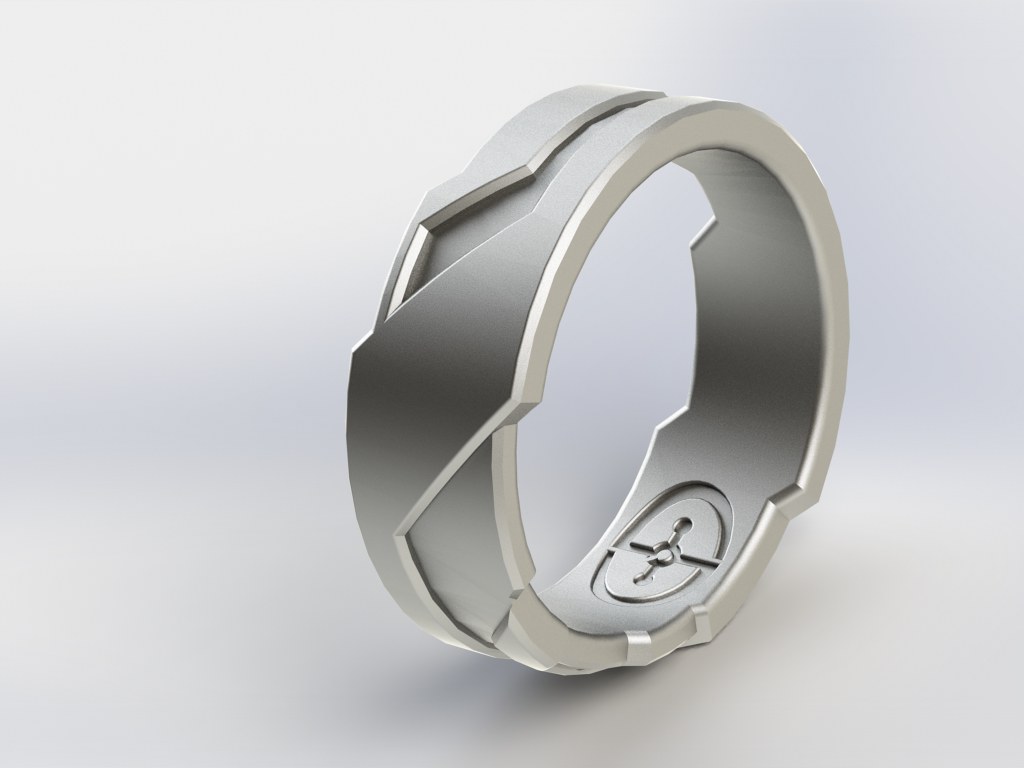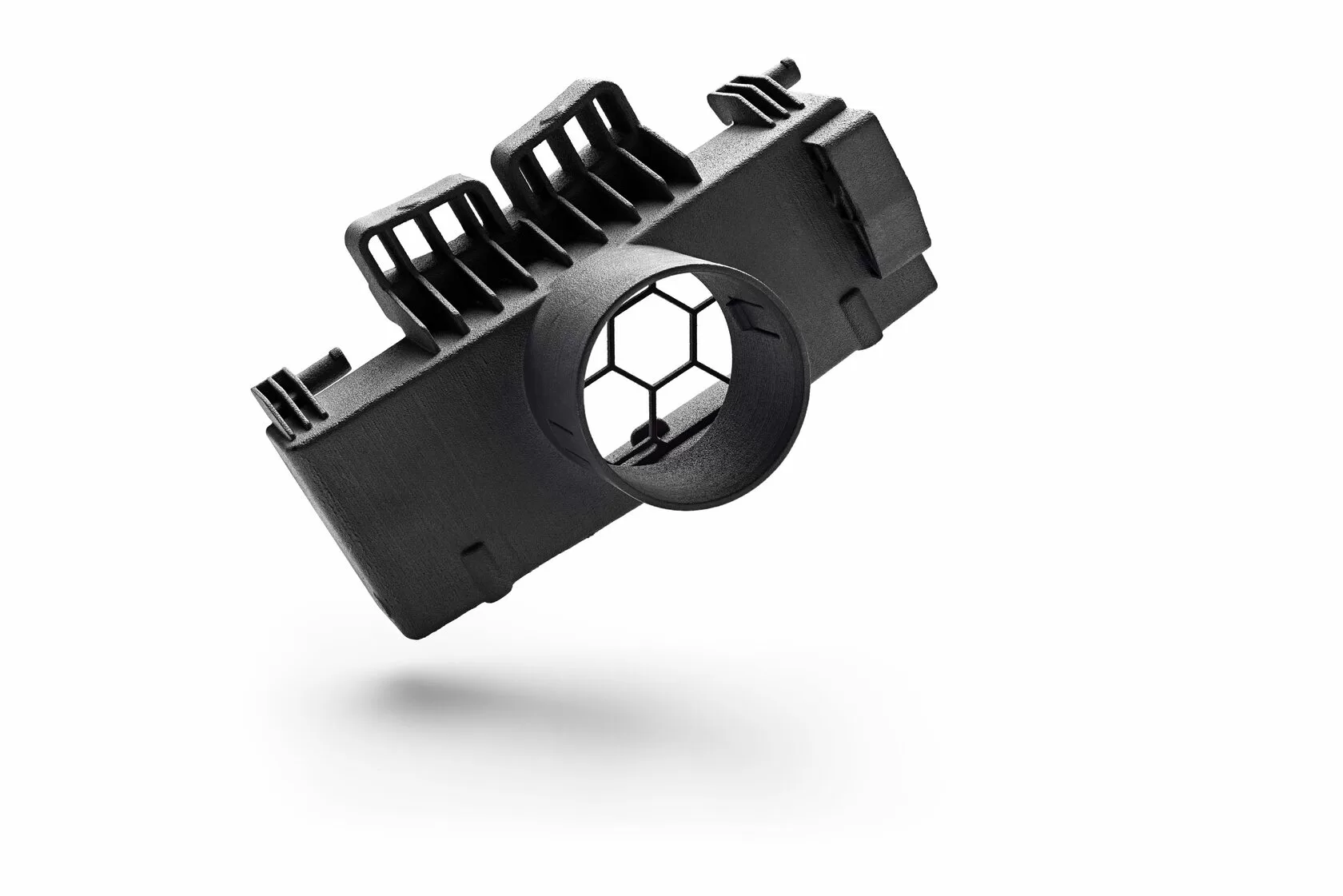In recent years, 3D printing technology has made significant advancements and revolutionized various industries, including jewelry manufacturing. This cutting-edge technology offers unprecedented design freedom, intricate detailing, and rapid prototyping capabilities, making it an ideal choice for jewelry production. In this blog post, we will explore the applications of 3D printing in the jewelry industry, delve into the material selection process, and highlight key considerations for successful implementation.
Applications of 3D Printing in the Jewelry Industry
The adoption of 3D printing in the jewelry industry has opened up new possibilities for designers and manufacturers. Here are some key applications:
- Customized Jewelry: 3D printing allows for the creation of unique, one-of-a-kind pieces tailored to individual customer preferences, including personalized engravings and intricate patterns.
- Complex Geometries: With 3D printing, jewelry designers can explore complex geometries, intricate filigree work, and organic shapes that are challenging to achieve through traditional manufacturing methods.
- Rapid Prototyping: 3D printing enables rapid and cost-effective prototyping, allowing designers to quickly iterate and refine their designs before moving into full-scale production.
- Small Batch Production: For limited-edition or small-batch jewelry production, 3D printing offers a flexible and efficient manufacturing solution, reducing costs and lead times.
Material Selection for 3D Printed Jewelry
Choosing the right materials is crucial for achieving desired aesthetics, durability, and functionality in 3D printed jewelry. Some commonly used materials in the jewelry industry include:
- Precious Metals: 3D printing technologies now support a range of precious metals, including gold, silver, platinum, and palladium. These materials offer excellent quality and are highly sought after for their value and prestige.
- Resins: Resin-based 3D printing technologies, such as photopolymerization, provide a wide range of options for creating intricate jewelry designs with high levels of detail. Resins can mimic the appearance of various materials, including gemstones and ceramics.
- Polymers: Polymers, such as nylon and polyurethane, offer versatility in terms of color, transparency, and flexibility. They are often used for fashion jewelry or as prototypes before casting in metals.
- Ceramic Composites: Ceramic-based 3D printing materials provide unique opportunities for creating lightweight and intricate jewelry pieces with a ceramic-like appearance.
Key Considerations for Successful Implementation
While 3D printing technology offers immense potential for the jewelry industry, there are several key considerations to ensure successful implementation:
- Design Optimization: Designing for 3D printing requires a different approach than traditional jewelry design. Understanding the technology's capabilities, including limitations and design guidelines, is essential for creating printable and functional designs.
- Post-Processing and Finishing: 3D printed jewelry often requires post-processing and finishing techniques to achieve the desired surface quality, polishing, and final appearance. Proper finishing techniques, such as tumbling, sanding, and plating, can enhance the overall aesthetics of the printed pieces.
- Quality Control: Implementing robust quality control measures, including dimensional accuracy checks, surface finish evaluations, and material testing, is crucial to ensure consistent quality and meet customer expectations.
- Sustainability: Consider the environmental impact of 3D printing materials and processes, and explore options for recycling or reusing waste materials to minimize waste generation.
Conclusion
The jewelry industry is experiencing a transformative shift with the widespread adoption of 3D printing technology. From enabling intricate designs to streamlining production processes, 3D printing offers unparalleled possibilities for jewelry manufacturers and designers. By carefully selecting materials, embracing design optimization, implementing quality control measures, and considering sustainability, businesses can harness the full potential of 3D printing to create exquisite, customized, and sustainable jewelry pieces that captivate customers worldwide.


